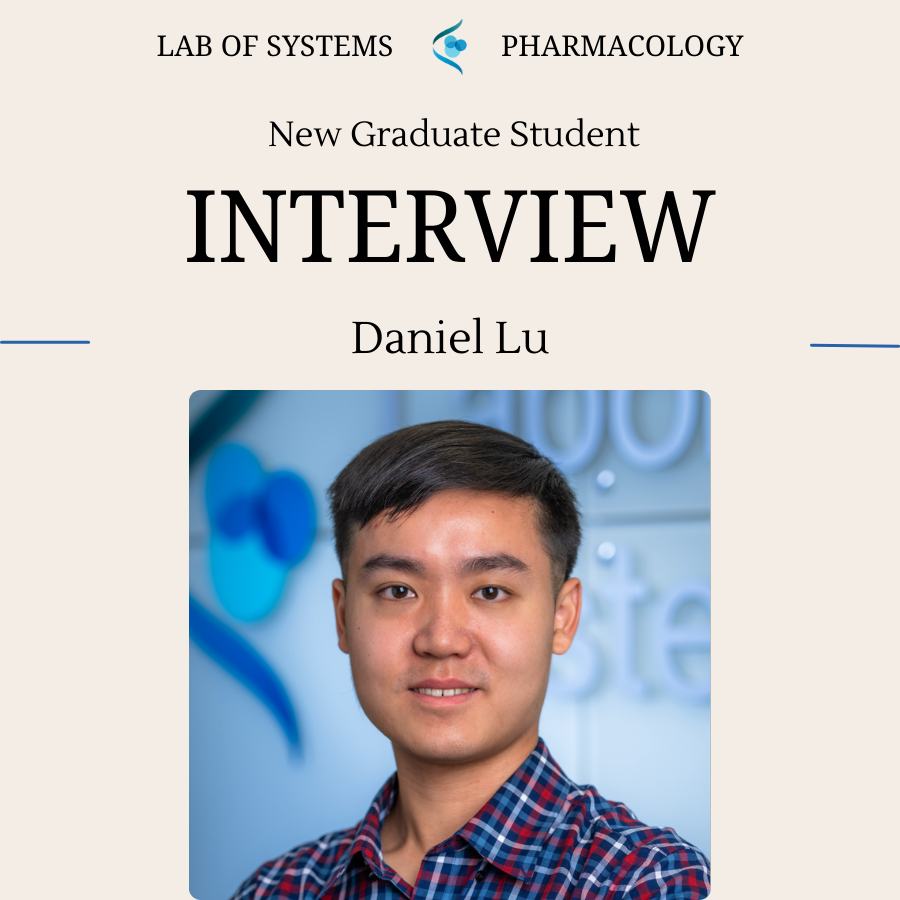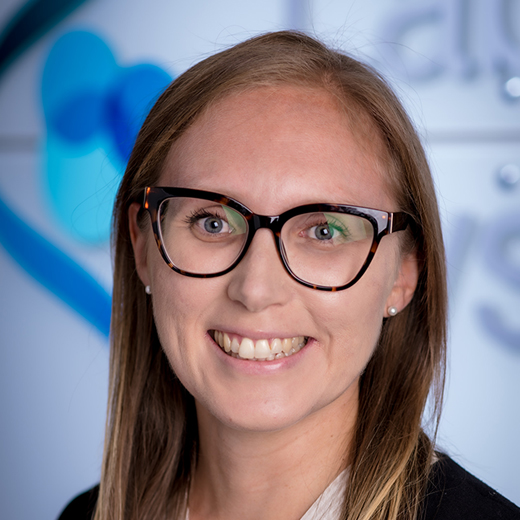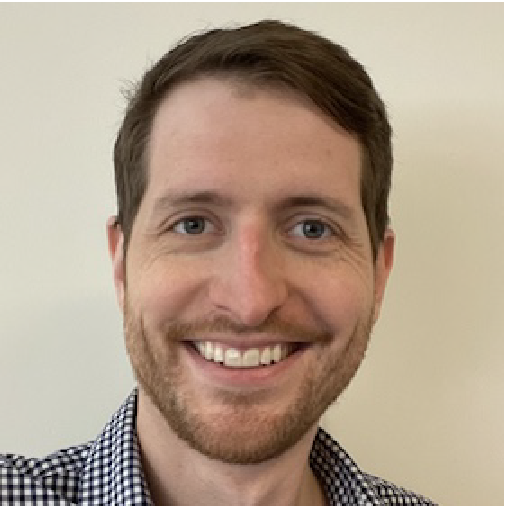Featured Member: Daniel Lu reflects on his place in the lab

Daniel Lu, who joined the Sorger lab in July, is inspired by connecting insights from diverse fields into scientific advancements that can be translated to the clinic. In speaking about his motivations to join the LSP, Daniel stated “[he has] always been fascinated by the intersection of biology and other subjects,” seeking new solutions to biological problems informed by math, physics, and computer science.
In his time at the lab, Daniel has worked alongside Dr. Clarence Yapp, the LSP Director of Microscopy and Computer Vision, on a project utilizing 3D multiplexed immunofluorescence imaging for melanoma. For this project, Daniel showed that immune cells imaged within thin (2D) tissues are often mischaracterized, but this is solved by imaging thicker, 3-dimensional tissues.
This project inspired Daniel’s proposed thesis project: to study the immune-vascular relationship in cancer to understand how immune cells interact with blood vessels in tumors. He hopes this research will provide insights that help predict how tumors will progress and respond to treatments like immunotherapy. Daniel plans to study this relationship while leveraging developments in AI technology to “transform the current in-patient care by developing next-generation diagnostics.” He aims to contribute to robust tools that help physicians and pathologists make well-informed and individualized decisions on treatment. This “bench-to-bedside” approach defines not only the goals for research at the LSP, but that of Daniel’s own project.
We sat down with Daniel to hear about his work so far in the LSP, what brought him here, and where he envisions his work going. This interview has been condensed and edited for clarity.
How has your experience in the LSP been so far?
I think a great thing about the LSP is its highly collaborative environment. We not only focus on biology, we develop and apply diverse methods, especially computational, to quantify biological phenomena. In the lab there are medical doctors, software engineers, bench and data scientists with diverse backgrounds and experiences, and I’ve found there is a lot to be learned from their perspective through discussion and collaboration. I feel that the LSP is such a unique research community because of the wholly collaborative community rooted in a wide range of expertise.
My research project aims to leverage high-plex 3D cyclic immunofluorescence (CyCIF) to study immune-vascular interactions within the tumor microenvironment. This approach has the potential to quantify diverse molecular features of the immune “hubs” within tumors, and to characterize the interactions between immune and endothelial cells in a preserved tissue environment. I hope to use this approach to provide new insights into tumor vasculature and its role in immune modulation, tumor growth, metastasis, and therapy resistance. I also plan to apply machine learning and computational methods to the high-resolution 3D imaging data to analyze immune cell morphology—since cell shape is a key feature in pathology—alongside protein expression. This integrative approach will allow us to compare cellular morphology and molecular markers between disease and normal states, which I hope will help us identify novel biomarkers related to tumor angiogenesis and immune response.
How have your past experiences prepared you for your current research?
Almost all of my past research experiences have been guided by a desire to gain and understand different perspectives, developing expertise in multiple fields. I earned my B.S. in Biological Sciences from Zhejiang University. During my undergraduate studies, I had the privilege of completing my thesis project on the molecular mechanisms of coronavirus integration and its potential implications for neurological diseases at the Whitehead Institute. I also completed a summer internship at the McGovern Institute of MIT, where I analyzed videos of rodents interacting with their surroundings to understand the brain regions responsible for transforming whisker inputs into distance information. I then came to HMS, working as a technician in Dr. Chenghua Gu's lab, focusing on drug delivery across the blood-brain barrier (BBB), in collaboration with the ICCB-Longwood Screening Facility.
During my first-year rotations in graduate school, I sought to gain expertise from diverse fields to approach my research in new ways. This allowed me to study and work with spatial-omics, mRNA delivery, CRISPR gene editing, single-cell long-read sequencing, and the application of cutting-edge technologies to unravel the intricate pathological mechanisms underlying human diseases.
What are your aspirations for your career?
Part of the reason I wanted to join the LSP was the opportunity to study and work with AI programming; I see this as a huge part of moving my research forwards. With most of my previous research experience being in a wet lab environment, I wanted to gain some computational skills in spatial profiling and AI driven analysis. If AI is to become a useful tool in the clinical space, it is increasingly important to understand the best ways to program AI tools and quantify the data it generates.
The ultimate goal in this is to translate this AI technology into clinical settings in such a way to help identify new predictive diagnostic markers and therapeutic standards. Effective treatments really depend on precise and accurate diagnosis, so understanding these concepts could lead to real impact in cancer research. My PhD is a critical step toward this vision, enabling me to bridge my wet lab expertise with computational skills to uncover novel insights into cancer mechanisms. By building this foundation, my long-term goal is to contribute to advancing predictive diagnostics and therapeutic strategies, ultimately making a tangible impact on patient outcomes.
Latest News





